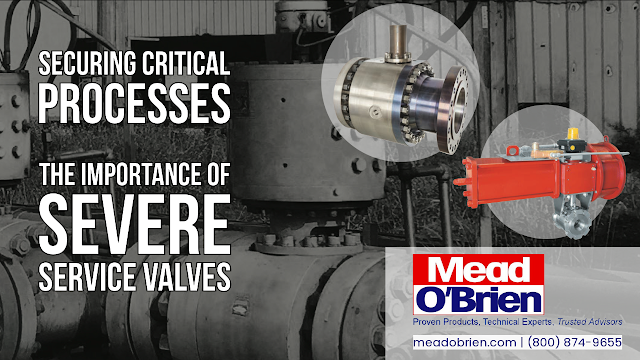A nanobubble generator produces extremely small gas bubbles, usually with a diameter of less than 200 nanometers (a nanometer is one billionth of a meter). These bubbles are so tiny that they exhibit unique physical properties compared to larger bubbles, including a high degree of stability and a large surface area relative to their volume.
How Nanobubble Generators Work
The process typically involves:
- Dissolution and nucleation: High-pressure forces dissolve gas into a liquid, after which it rapidly depressurizes, leading to the formation of nanobubbles.
- Agitation: Mechanical agitation or other physical processes help form these tiny bubbles by breaking down larger bubbles or by facilitating the nucleation of gas dissolved in the liquid.
Application for Scale Removal and Inhibition in Pipes
Nanobubbles can be particularly effective in managing scale formation within pipes, a common issue in water treatment, manufacturing, and energy production industries. Scale primarily comprises mineral deposits like calcium carbonate, which can accumulate on pipe walls and equipment, leading to blockages, reduced efficiency, and increased maintenance costs.
Here's how nanobubbles help remove and inhibit scale:
- Surface Interaction: Nanobubbles can effectively interact with mineral particles in the water due to their tiny size and high stability. This interaction can alter the physical properties of the mineral particles, making them less likely to adhere to surfaces and each other.
- Increased Solubility: Nanobubbles can increase the solubility of gases in liquids, which can change the chemical composition of the solution. For example, injecting CO2 as nanobubbles can slightly lower water pH, which can help dissolve existing mineral scales and prevent new scales from forming.
- Physical Cleaning: The high internal pressure and negative charge of nanobubbles can attract them to the positively charged scale deposits, leading to physical disruption of the scale layer and helping break down the scale mechanically.
- Oxidative Properties: When used in nanobubble form, certain gases like ozone can exhibit strong oxidative properties that can chemically break down organic components of scale or biofilm.
Benefits
- Efficiency: Nanobubbles increase gas transfer efficiency in water, making processes like aeration and chemical reactions more effective.
- Energy Savings: Effective scale prevention and removal can significantly reduce energy consumption by maintaining optimal flow rates and system heat transfer efficiencies.
- Environmental Impact: Nanobubbles can reduce the need for harsh chemicals typically used in descaling processes, making them an environmentally friendly alternative.
Overall, using nanobubble technology in scale prevention and removal offers a promising approach to improving system efficiency and reducing maintenance and operational costs in various industrial applications.
The Armstrong International Nanobubble Generator is a revolutionary technology that is transforming industries with its advanced nanobubble generation capabilities. This cutting-edge device produces ultra-fine bubbles, significantly enhancing water treatment, cleaning processes, and oxygenation in various applications. With unparalleled efficiency and effectiveness, the Armstrong International Nanobubble Generator optimizes performance, reduces costs, and promotes sustainability.
https://meadobrien.com
(800) 874-9655



